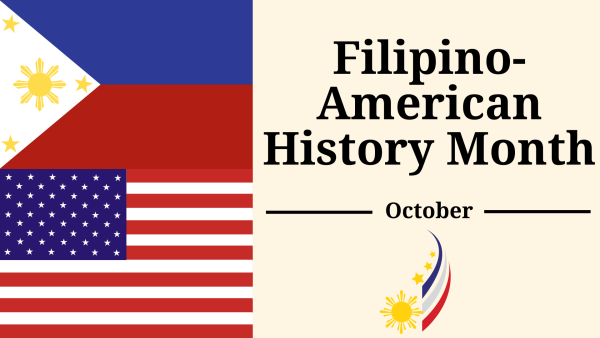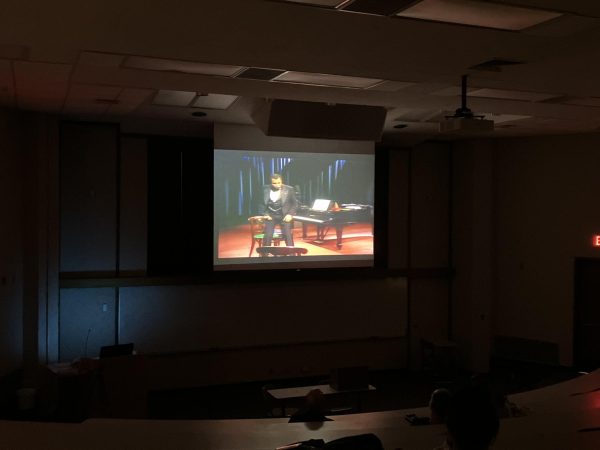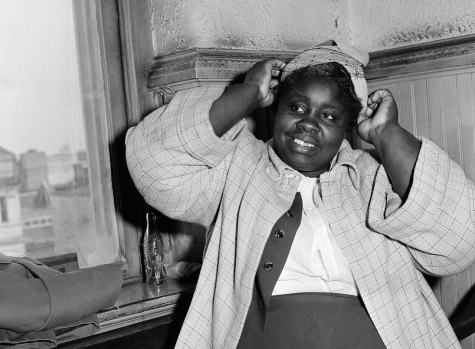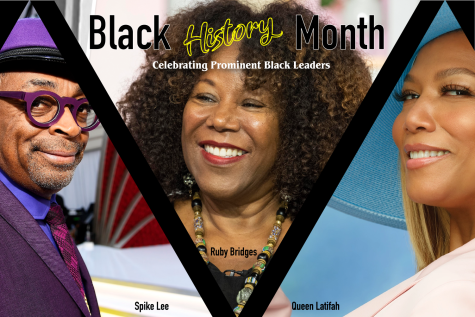The dark and uncertain history of Valentine’s Day
Billions of dollars are spent on Valentine’s Day each year. But the holiday we know today used to look a lot different.
Valentine’s Day is arguably one of the most heavily commercialized holidays currently celebrated around the world, but it didn’t always look the same as it does today. Behind the mass-produced cards and assorted chocolates lies a long and uncertain history.
The sequence of events that led to Valentine’s Day being recognizable today is not entirely conclusive. Even the identity of the person whom the holiday was named after is widely debated, although there are several theories.
Tony Silvestri, lecturer of history, provides some background for how Valentine’s Day may have started.
“From what I understand, there’s two St. Valentines, both of whom died on the same day,” said Silvestri. “The story goes that St. Valentine was a priest who would perform secret marriages for Christians in the context of persecution. And when that was discovered, he was captured and martyred.”
According to NPR, there is also a speculated connection between Valentine’s Day and an ancient Roman festival called Lupercalia.
The feast of Lupercalia involved sacrificing a goat and a dog and then using strips of their hides to strike women’s stomachs, believing that it would increase their fertility. Later in the festival, a matchmaking ritual was held where each man would draw the name of a woman from a jar and be paired with her for the remainder of the festival.
It is theorized that with the rise of Christianity, the festival was transformed into St. Valentine’s Day. However, there’s been a significant departure from these religious observances to the Valentine’s Day we experience today.
“It became a commercial holiday in the Victorian times,” said Silvestri. “Then I think the Hallmark Corporation made it into the thing that it is today where people feel obligated to spend money.”
Although Valentine’s Day is a widely celebrated holiday, some argue that the name should be changed while others say that it shouldn’t be celebrated at all. After learning more about the history behind this holiday, it is easy to understand why so many would agree with these things.
Whether it started as a tribute to a religious martyr or a fertility ritual, modern Valentine’s Day bears little resemblance to its origin. While not advocating for the cessation of the celebration, it does seem peculiar to celebrate a holiday when most people are unaware of why St. Valentine was honored, or even which St. Valentine is being commemorated.
More importantly, we should not need a single day of frantic spending to show the people in our lives that we care about them.
“If you have a beloved in your life, every day is Valentine’s Day. Give a person a gift, not because you’re obligated to. Not because some corporation tells you that today is the day that you’re supposed to give a token of your affection to the person that you love,” said Silvestri.
Edited by: Rakesh Swarnakar and Alijah McCracken
Your donation will support the student journalists of Washburn University. Your contribution will allow us to purchase equipment and cover our annual website hosting costs.















